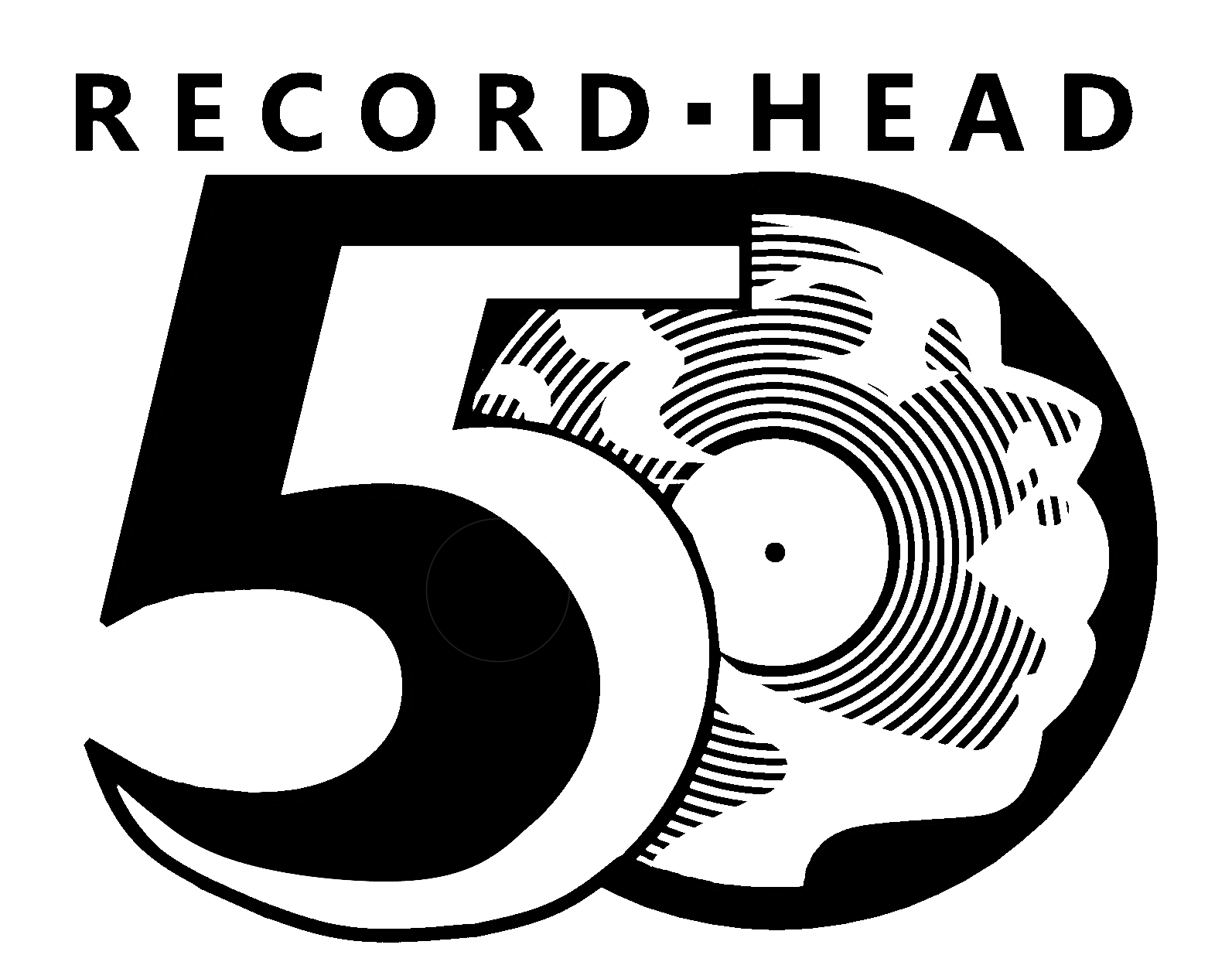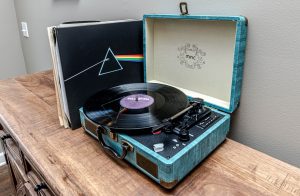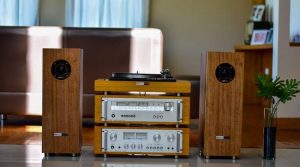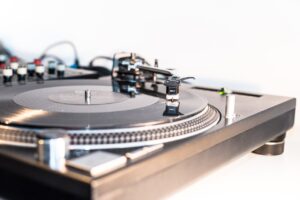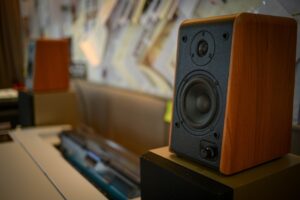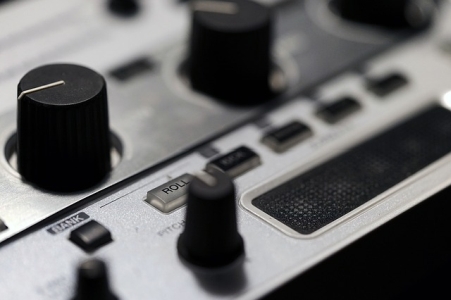
Repairing a stereo should be simple, but this rarely, if ever, is the case. Fortunately, there are many quick, easy ways to troubleshoot stereo problems.
In this guide, we will examine how to repair 8-track players, tape players, turntables, speakers and stereos. That way, you can simplify the process of repairing your stereo so you can listen to your favorite tunes.
Turntable Restoration
Turntables have been around for more than a century and remain in high demand worldwide. Market research firm TechNavio has projected the number of turntable sales will increase 2 percent between 2016 and 2020.

A turntable often serves as a viable option for DJs to play music in clubs and at parties. Now, turntables make it simple for you to convert vinyl records to digital music that can be stored on your computer’s hard drive.
How Does a Turntable Work?
A turntable is usually made of rubber or plastic, which prevent scratches to a record, and has a circular area that spins to play the record. A turntable spins thanks to a drive-belt or direct drive system. It has a moveable arm that includes a small needle, which is the most important part of the device. This needle is placed onto the record and identifies the vibrations that are created by the groves. It then transforms the vibrations into sound waves.
What Are the Common Problems With Turntables?
Like many other audio devices, a turntable may stop performing depending on how often you use it and how you use it. For instance, a DJ who uses a turntable for mixing and tricks may be forced to repair the device more frequently than someone who utilizes a turntable for listening to music at home.
Some of the most common problems that turntable owners face include:
- Non-spinning turntable: Happens if a turntable does not spin a record. You may be able to fix this problem by lubricating the turntable’s spindle with a cleaner or oil.
- No sound: Occurs when the turntable is moving but produces no sound. In which case, the turntable’s needle likely is defective and will need to be replaced by a turntable restoration professional.
- Spinning too fast: Improper pitch will cause a turntable to spin faster than the record itself. Adjusting the pitch to match the record to fix this problem instantly.
- Crackling sounds: Occurs due to dust or debris that accumulates on a record. Gently cleaning a record with an anti-static cloth will help prevent crackling sounds.
Those who understand how to keep their turntables in terrific shape may be able to avoid the costs associated with replacing a turntable in the near future. In addition, if you ever encounter overwhelming and time-consuming turntable problems, you can always turn to a record player specialist for additional support.
Tape Player (Open Reel/Cassette) Restoration
Tapes for audio storage were originally unveiled at the Berlin Radio Show in 1935. Thirty-one years later, albums on cassettes arrived in the United States, transforming the way individuals listened to music.
Cassettes proved to be a difference-maker in the music industry and provided more time for an album than vinyl records. In fact, The Guardian pointed out the typical length of an LP was 45 minutes in total, while the average length of a cassette was 45 minutes per side. Thus, cassettes changed the way albums were delivered, providing individuals with access to more tunes than ever before.

In addition, tapes brought portable music to the masses. Cassette players became popular in the late 20th century, allowing individuals to play music from any location, at any time.
Cassette players are now becoming increasingly obsolete. Sony, for instance, stopped manufacturing its Walkman portable cassette player in 2010. However, thousands of individuals continue to enjoy cassette albums around the world. In fact, take a look at the Best Portable Cassette Players in 2018!
In 2013, Cassette Store Day, a holiday that celebrates the value of cassettes, was introduced. The holiday is celebrated by cassette aficionados globally and is gaining popularity across the globe.
How Does a Tape Player Work?
A tape player serves as a motorized device that plays music from a cassette and/or open reel, which encases magnetic tape that stores and distributes audio signals. The player moves the cassette tape over magnetic heads and reads information from the tape itself. Then, the player moves the tape’s wheels by using a small belt connected to a motor. Therefore, a tape player enables you to play, record, stop, rewind and fast-forward music with ease.
What Are the Common Problems With Tape Players?
Numerous problems may arise with a cassette player, such as:
• Tape hiss: Results in a harsh, hissing noise from a cassette player. The noise indicates the heads may be dirty or misaligned. You can clean the heads on your own, but if you need the heads to be realigned, you probably will require help from a tape restoration professional.
• Deck will not work: Occurs when the tape player fails to play or record a cassette. In this instance, check the power source to ensure the tape is turned on. Also, assess the electrical cord and make sure the device is plugged into an electrical outlet.
• Garbled sound: Happens if the tape player produces muffled noise. This occurs when the heads are dirty or the belts are dirty, stretched or slipping. You might also notice garbled sound from your tape player if the cassette itself is defective.
• Deck will not stop: Occurs when the tape player will not stop playing a cassette, or the tape suddenly stops on its own. This may arise if there is a problem with a pinch roller. It also can occur if the tape motion sensor is dirty or defective. If the tape motion sensor is faulty, you may require support from a professional tape restoration company.
Regular cassette player maintenance is paramount. If you clean, lubricate and replace cassette player parts as needed, you should have no trouble keeping your cassette player in great shape.
Comparatively, electrical cassette player problems frequently require professional support. However, with a cassette player restoration specialist at your side, you can get to the root cause of any electrical problem and resolve this issue immediately.
8-Track Player Restoration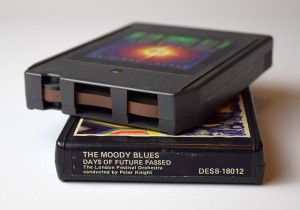
The 8-track player originally was developed by Lear Jet Corp., General Motors and RCA. It was popular in the 1960s and 1970s and was featured in many automobiles at that time.
Today, 8-track players are vintage and can be difficult to maintain or repair — and if your 8-track player suddenly stops working, it might seem impossible to locate the right parts to fix your device.
How Does an 8-Track Player Work?
An 8-track player plays a plastic cartridge that includes one-quarter inch wide magnetic tape inside of it. The cartridge boasts a neoprene rubber and nylon pinch roller designed to minimize the risk of malfunctioning. Meanwhile, the cartridge’s tape is wound clockwise and moved through an opening on the opposite side.
What Are the Common Problems With 8-Track Players?
Some of the most common problems with 8-track players include:
• 8-track tar: Occurs when the roller and pad decompose caused primarily because of age. The rubber of the rollers will wear down over time, making them difficult to use.
• Crosstalk: Is tape that has aged, due in part to non-usage and causes noise in-between tracks. It may also occur if there is an issue with the playing head or if a plastic pinch roller wears down. Replacing the playing head or the defective plastic pinch roller can help alleviate crosstalk.
• Splicing: Happens if an 8-track player stops suddenly as it moves from one track to the next. Splicing may occur due in part to aging or defective metal foil in the cartridge. You will need to open the cartridge, locate the metal foil and remove and replace it by hand. In many instances, the metal foil may be located underneath the cartridge label.
• Excess noise: May occur if an 8-track player’s motor bearing is worn out, a motor is malfunctioning, volume controls are not working correctly or a capstan ceased performing. You may need to replace various defective 8-track player parts to eliminate excess noise.
• Mechanical issues: Result from normal wear and tear of an 8-track player. Many mechanical issues can be resolved by replacing a defective part.
Discovering why an 8-track player stops working can be difficult, particularly for those who lack comprehensive stereo repair experience. When in doubt, be sure to consult with an 8-track restoration professional to ensure you can get the help required to get your 8-track player working.
Speaker Restoration
Speakers are available in many shapes and sizes. They amplify sound, enabling individuals to listen to music.
How Does a Speaker Work?
A speaker converts an electrical signal into an audible sound. It features an electromagnet that allows an electric current to flow through it. This electromagnet is located cylindrically around the permanent magnet inside the speaker. When pulses of electrical current move through the electromagnet’s coil, the magnetic field’s direction will change. When this happens, the pulses will vibrate back and forth at different pitches to create sound.

Each speaker contains many drivers, and each driver consists of a cone, electromagnet and permanent magnet. Oftentimes, high-end speakers will include cones of different sizes for high, medium and low frequencies. The frequency of the speaker’s vibrations affects the sound produced, and the speaker’s amplitude impacts its volume.
What Are the Common Problems With Speakers?
Some of the most common speaker problems include:
• No sound: Occurs when the speaker itself fails to produce sound. If this happens, check the speaker connections and adjust them as needed. Also, you can remove the speaker enclosure to see if the device’s electrical or thermal fuse needs to be replaced or reset.
• Distorted sound: Happens when the sound from a speaker does not produce a clear signal. To alleviate this issue, you can use your hand to flex the speaker cable with a low-volume input. If you notice the sound varies at this point, replace the speaker cable and clean the connections.
• Noisy speaker: Occurs if the voice coil is defective or dirty or the cone/foam surround has deteriorated. Moreover, a speaker restoration professional can install a new cone for the voice coil or replace a driver if necessary.
If you need to recloth speaker frames or require speaker grill cloth installation, speaker grill repair specialists are available to help. These specialists understand the ins and outs of speaker maintenance and restoration and can offer support in a variety of areas.
Stereo Restoration
The term stereo references binaural sound, meaning it is coming from two channels (Left and right). A surround sound stereo directs sound through multiple speakers/channels – usually between 5 and 9 channels. It enables an individual to hear sound from numerous sources at the same time, surrounding a person with sound.

How Does a Stereo Work?
A stereo system requires several components:
• Audio source: Transforms recorded audio information from an analog or digital recording into sound via an electrical signal contained within an audio cable.
• Preamplifier: Takes an electrical signal from the audio source, boosts the signal’s voltage and distributes it to the amplifier.
• Amplifier: Further enhances the electrical signal’s power so you can hear sound.
• Speakers: Produces sound based on the electrical signal.
All of a stereo system’s components must perform in conjunction with one another to provide sound.
What Are the Common Problems With Stereos?
Some of the most common stereo problems include:
• Loose connection: Prevents an amplifier from receiving an electrical signal and a speaker from distributing sound. Connections may become loose. Loose connections may cause a speaker to work periodically or stop working.
• Grounding: Is when you have spotty sound from a speaker. The problem can be eliminated if a ground wire is secured properly and placed in a stable position.
• Blown speaker: Creates distorted sound quality or no sound. You might not be able to tell if a speaker is blown based on its exterior. Contact a technician for help with these repairs.
You may be able to repair a stereo on your own. And in many instances, a loose connection or faulty grounding can be fixed quickly. But if you suffer a blown speaker, the damage maybe irreparable. This means you will need to repair your speaker or get a replacement speaker to get your stereo working again.

